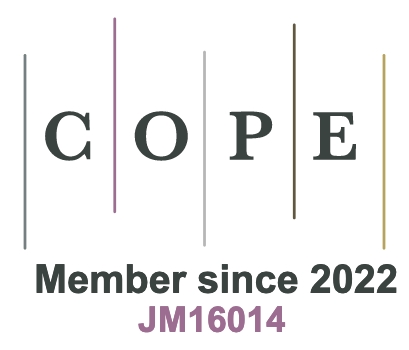Figure5

Figure 5. Structure of the lowest-energy reconstruction of each surface and relative surface energies of low-energy reconstructions with respect to

Figure 5. Structure of the lowest-energy reconstruction of each surface and relative surface energies of low-energy reconstructions with respect to


All published articles are preserved here permanently:
https://www.portico.org/publishers/oae/